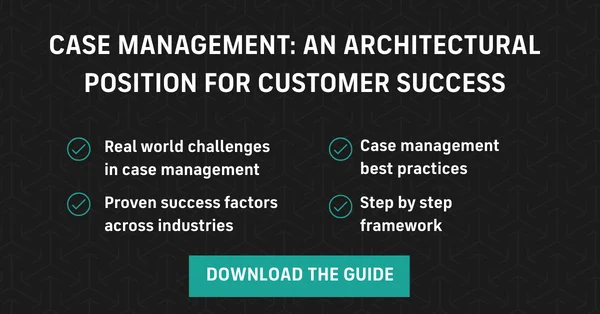Designing Processes, Not Just Systems
Posted in Public Sector, Partner, Operational Transformation, Data, Policing
November 2025
2 minutes reading time
Escaping the ‘Spaghetti Monster’ of Policing Technology

At this year’s NPCC Innovation and Digital Summit in Liverpool, CDS and Appian explored how a process-by-design approach can help policing improve productivity, reduce risk and strengthen public trust. The session - “Process by Design: Improving Productivity and Outcomes for Policing” - was delivered by Peter Corpe, Industry Leader for Public Sector at Appian, and Geoff Barraclough, former Data Services Director at CDS.
Their message was clear: policing isn’t built on systems - it’s built on processes. Yet over time, technology has become fragmented, with critical workflows spread across multiple systems and spreadsheets. This system-first mindset forces officers and staff to work around technology rather than through it, adding cost, delay and frustration at every turn.
During the session, Geoff illustrated this perfectly with what many in the room recognised as the policing “Spaghetti Monster” - a chaotic and tangled web of disconnected systems, integrations and workarounds that have grown over time. It’s what happens when forces/organisations try to apply coherent processes across multiple unconnected systems. The result? Endless rekeying, duplicated effort and a lack of visibility that drains productivity and morale.
The shift from ‘process by accident’ to ‘process by design’
The talk challenged forces to rethink how they use technology. Instead of applying processes to systems, it’s time to design systems around processes - ensuring that data, people and technology are all working together to deliver outcomes.
In practical terms, this means mapping how work actually gets done - from case recording and task allocation to HR vetting and FOI requests - and then using digital platforms to orchestrate those processes end to end. When processes are intentional, data becomes meaningful and technology becomes truly enabling.
The Appian’s platform makes this possible. It connects existing systems, automates repetitive steps and provides a clear view of progress across every stage of a case or workflow. Combined with CDS’s two decades of experience delivering critical policing services - from Single Online Home to ResilienceDirect – we have a partnership that understands both the operational reality and the technical complexity of policing today.
From theory to results
The session included a live demonstration of how Appian and CDS are helping forces/organisations modernise processes such as digital forensics task allocation. By bringing together skill data, rostering information and investigation details in one view, the system automatically assigns the right task to the right person - with full auditability and control. The result: less rekeying, fewer delays, and more time for officers to focus on policing rather than paperwork.
In other words, a clear example of how to replace the Spaghetti Monster with clean, streamlined process design - where the technology supports the work, not the other way around.
The same process-by-design principles apply across the service: from workforce management and compliance to finance and casework. Wherever there’s fragmentation, there’s an opportunity to rethink the process - and deliver better outcomes for officers, staff and citizens alike.
Enabling change, together
Transformation in policing doesn’t come from another IT system. It comes from reimagining how those systems support the people and processes that deliver public safety. That’s what process-by-design enables - and it’s where CDS and Appian are helping police forces and other public sector organisations make tangible progress.
If you’d like to explore how a process-first approach could improve efficiency and outcomes within your own force/organisations, I’d be delighted to share more about what we’ve learned from this work and discuss where it could make the biggest difference.
Want to learn more about a process led approach to case management? Download our latest guide which is filled with best practices and tips:




